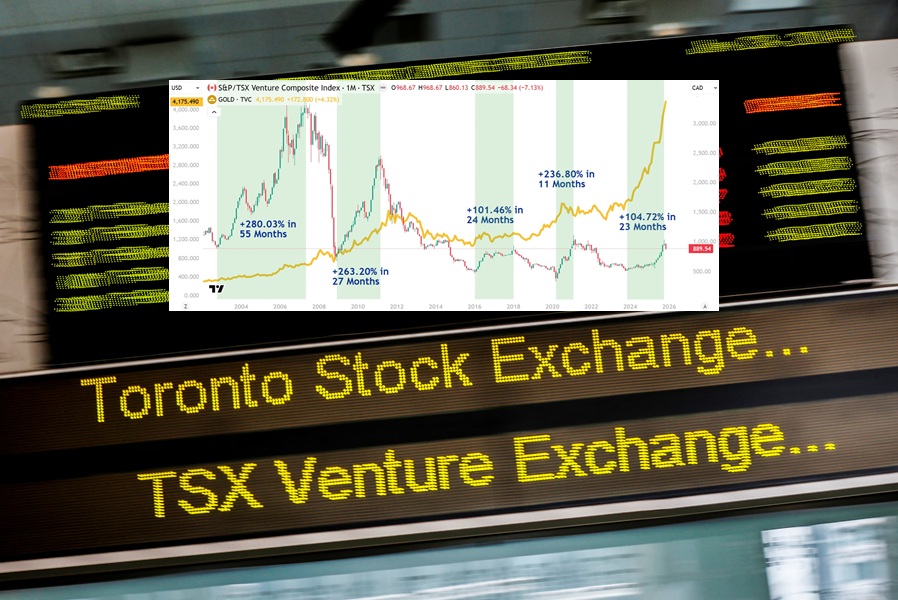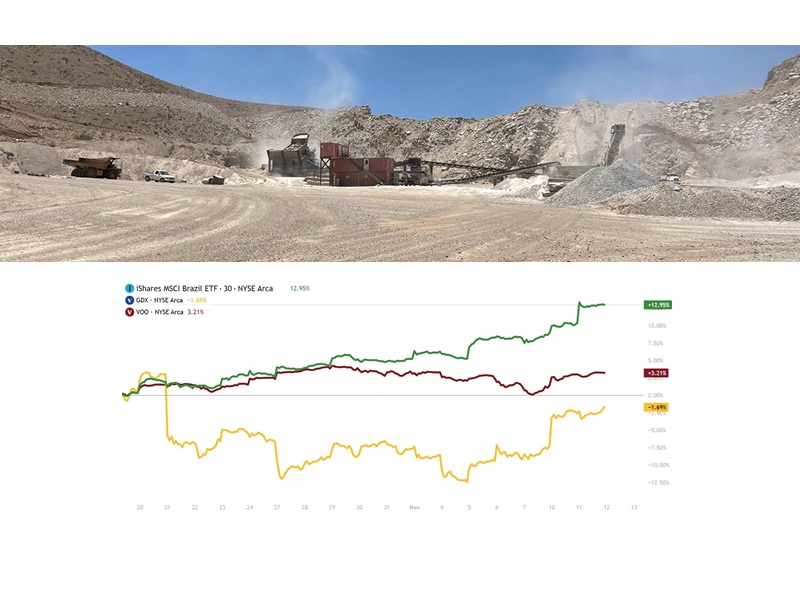Is Circle the Best Crypto Innovation in 8 Years?
NIA Special Alert: From Ethereum at $18.50 to Augusta Gold’s Breakout Moment — Understanding the Crypto Bubble & Real Value
In March 2017, the National Inflation Association (NIA) suggested Ethereum at $18.50—not because it was a trendy pick, but because we believed in the revolutionary potential behind a decentralized application being built on the Ethereum network: the REP token. It aimed to power the first decentralized prediction market, a vision far more ambitious than what we see today with platforms like Polymarket.
While Polymarket has become the most well-known prediction market, it’s completely centralized: paid employees determine event outcomes. REP, on the other hand, promised a truly decentralized oracle. REP holders would verify outcomes (elections, sports, etc.), and the blockchain would reach consensus—without middlemen. That was the kind of innovation Ethereum was enabling, and it’s why we were early believers.
After Ethereum, NIA became the first to profile:
-
BTL, the world’s first publicly traded blockchain company building Ethereum-based tech.
-
Hive Blockchain, the first publicly traded crypto miner—founded by Frank Giustra.
Ironically, Giustra didn’t believe in Hive. He dumped his shares early and later shorted the stock. To avoid being squeezed, restricted insider shares were abruptly made free trading—without CEO approval—allowing Giustra to cover his short. Still, NIA members saw gains as high as 880% on Hive, 675% on BTL, and an astounding 26,218% on Ethereum, our largest gainer in history.
By the 2018 Consensus conference, expectations were high—but the biggest announcement was a new stablecoin: USDC, launched by Circle as a more transparent Tether. While Tether had no reliable audits, Circle promised real dollar backing and accounting. That was it. No killer dApps, no breakthroughs.
Luckily, our 2018 top pick, QIWI, was the only crypto-related stock to gain that year. Even our QIWI call options posted big returns while everything else Crypto related collapsed.
The Voyager Digital Decision: From 6,225% Gains to Predicting Collapse
In mid-2020, we debated whether to make Solaris Resources (TSX: SLS) or Voyager Digital our #1 pick. Solaris, backed by Richard Warke, went on to gain over 1,100%—but we chose Voyager Digital, the only pure-play publicly traded crypto brokerage at the time. Why? Because they had just acquired Circle’s “Invest” division.
We knew that with the Coinbase IPO coming, retail demand for a publicly traded crypto brokerage would explode. And it did: Voyager soared 6,225% in just 10 months.
We later told NIA members to short Voyager near its all-time high, correctly predicting its collapse—not because of Celsius (which Voyager quickly exited after we raised concerns), but because of its exposure to Three Arrows Capital, a firm we had never even heard of before their default.
Voyager was paying out “interest” (really just incentive bonuses) to users. Most coins paid 3%, maybe 3.5% on Bitcoin. But one coin stood out: Circle’s USDC, where Voyager was paying an astonishing 6%—double everything else. Why? Was Circle giving backdoor incentives? Was this part of their agreement when they sold Circle Invest to Voyager?
We may never know—but it worked. USDC became a $60 billion stablecoin, and Circle went public. At one point, its market cap briefly surpassed USDC reaching $68 billion.
But what has Circle actually done? They didn’t innovate. They copied Tether, slapped on better optics, and rode the speculative wave. There’s no world-changing use case. USDC won’t replace debit cards or outcompete Venmo—even in places like Venezuela.
What This Means for Investors Today
Circle’s IPO becoming the hottest stock of the year—despite offering no real innovation—tells us everything we need to know about today’s distorted markets. Hype-driven garbage gets all the attention while real value is ignored.
But that’s about to change.
We believe the next real winner will be Augusta Gold (TSX: G)—and it could become a 5x to 10x gainer in the short term. It owns the Reward Gold Project in Nevada’s Beatty District—what we believe is the most important new U.S. gold district of this decade.
Backed by Richard Warke, Augusta Gold shouldn't even need a $50M loan from President Trump’s EXIM Bank… but with capital misallocated to crypto scams, this is the best available path for constructing Reward without shareholder dilution.
Our Final Warning Before the Next Collapse
We believe the next speculative IPO disaster could be Bullish, the company created with funds raised from the EOS year-long ICO. Its founder, Brendan Blumer, promised to build the Ethereum killer and instead became the largest shareholder of Silvergate Bank—just before it collapsed. Blumer used EOS funds to launch Bullish, not EOS applications.
We believe those who rush into Bullish’s IPO will get completely destroyed.
When that happens, we predict a full investor pivot away from overvalued “tech” stocks and into undervalued, resource companies like Augusta Gold—backed by real assets, with real upside, in a world starved for real value.
Stay tuned. The next wave belongs to gold.
Past performance is not an indicator of future returns. NIA is not an investment advisor and does not provide investment advice. Always do your own research and make your own investment decisions. NIA’s President has purchased 232,200 shares of G and may purchase more shares. This message is meant for informational and educational purposes only and does not provide investment advice.



